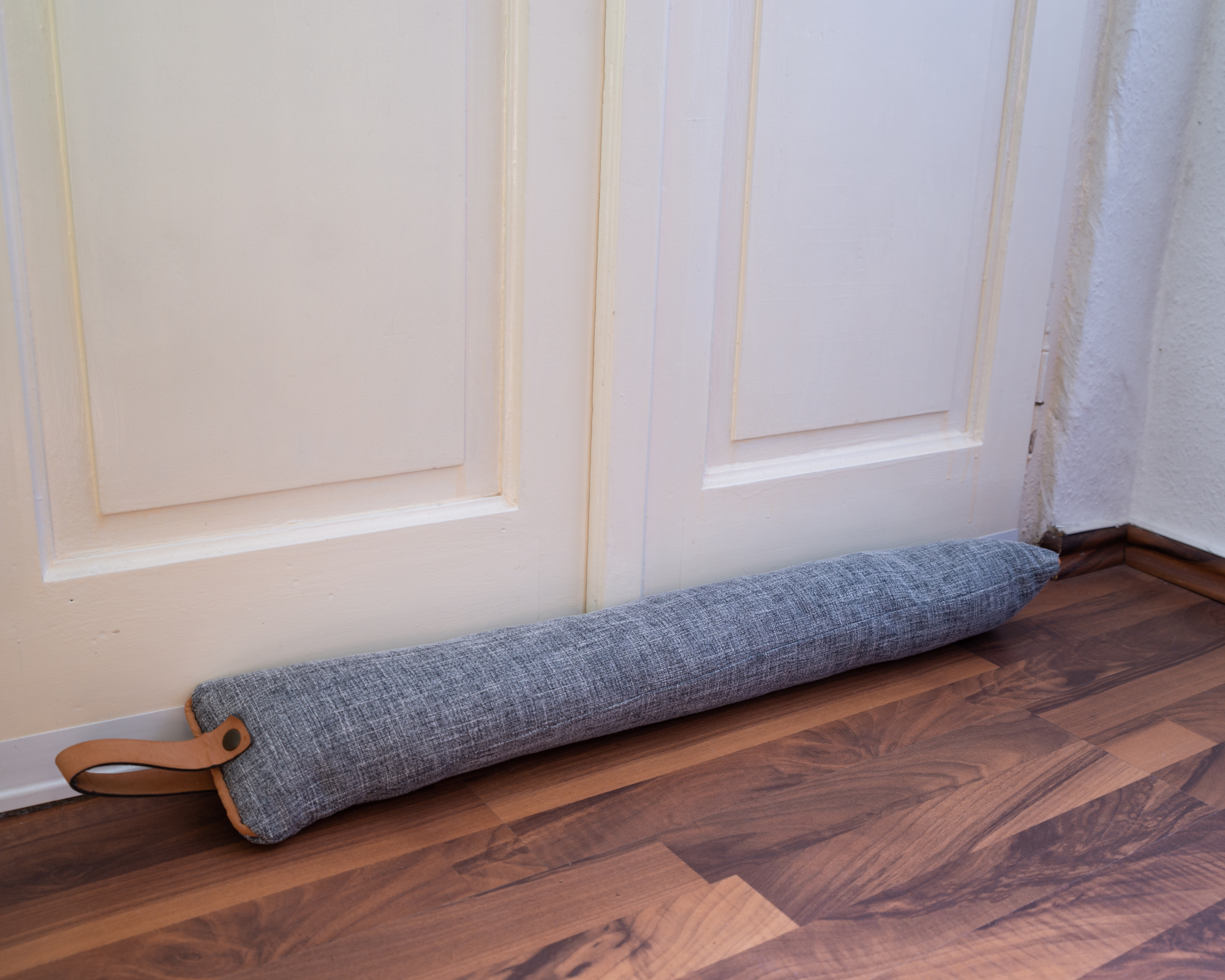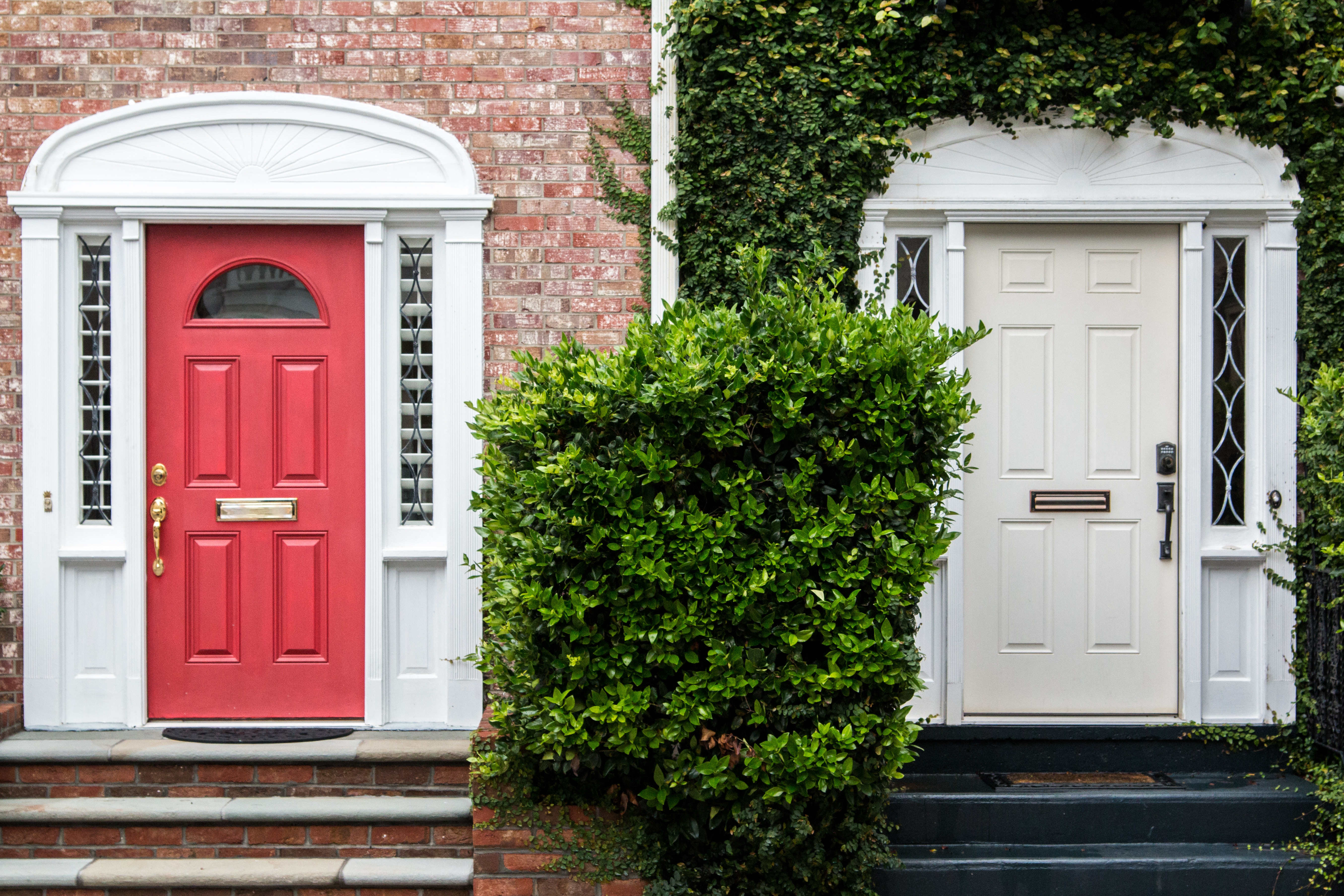Express Doors Direct ▸ Blog ▸ Choosing Draught Excluders for Doors To Reduce Your Energy Bills
If your home has felt a little chilly this winter and you’re trying to keep your heating bill low, it’s wise to turn your attention to your doors. Taking a few simple and cheap steps to prevent draughts can make you feel more comfortable and improve energy efficiency. But how do you choose the right draught excluders?
Our guide will take you through what’s available, and how to make effective choices for any problem areas in your home.
Why Draught Proof your Doors?
To keep your home energy efficient, you want to trap the warm air inside during the winter months. One of the cheapest ways to do this is to block any gaps around doors and windows. If less heat escapes, you can spend less money on your energy bills whilst keeping a warm home.

The Energy Saving Trust estimates that draft proofing your doors and windows could save you £60 a year, so it’s well worth doing. Anything that can help you save money on your heating bills whilst times are tough is a bonus, especially if it’s relatively cheap to implement.
Types of Draught Excluder for Internal Doors
Internal doors only really need draught proofing when they adjoin a room that you don’t heat. Perhaps you have internal French or bifold doors leading out to your conservatory, or single leaf doors to a rarely-used spare room. Some people choose not to heat their kitchens. These are all ideal locations for draught excluders.
Fabric Draught Excluders
Simple, affordable and easy to install, fabric draught excluders prevent cold air coming in from the bottom of the door. You need small gaps under internal doors for smooth movement and ease of use, so a door draught excluder is an easy and simple fix.

There is a whole host of fabric designs that you can choose to suit your home. Most are made to suit a single leaf door, but you can sometimes double up for larger French or bifold doors.
If you’re looking for simplicity, this might be the best draught excluder for you. The drawback of this option is that it can move around, so you might find it gets in the way in high-traffic areas.
Under Door Draught Excluders
With foam strips either side and fabric to slot underneath the door, this very neat and slimline type of draught proofing is gaining popularity. These can often be trimmed to the correct door width allowing them to completely close the draught gap. These are very simple to fit or remove if needed. They’re extremely affordable too!
If you have a very tight-fitting door these might get in the way, but if that’s the case you’re unlikely to need to fit a draught excluder. Aside from the occasional catch when closing the door, we can’t see many downsides to this one. Possibly the best draught excluders for standard internal doors in our opinion.
Self Adhesive Draught Excluders
These are much like the under-door designs, but they have a self-adhesive strip to attach them to the bottom of your door. This type of draught proofing costs very little and can be very effective.
The drawbacks come firstly in the fitting, you’ll need to be precise and get this just in the right place to make it look good and keep your home warm. Secondly, you could risk damage to the finish on your doors through the use of adhesive.
Types of Draught Excluder for External Doors
Front doors, back doors and in fact any outside door are directly in contact with the cold weather, and can be draughty. Making sure they’re effectively draught proofed is one of the most cost effective ways to save energy and keep your heating bills down.
There are a few areas of a front door that need extra attention: the bottom of the door, the letterbox and the keyhole. Here are the options for keeping the cold air out.
Brush Draught Excluders
Also known as a brush strip draught excluder or brush seal, this is a common type of front door draught excluder. A door brush strip helps to prevent dust and dirt entering your home as well as blocking cool air flow.
This is popular for draft proofing the bottom of the door, but it doesn’t prevent drafts that are coming from other gaps around the door.
Weather Stripping
This can be applied all around your door frame to prevent heat loss. Weatherstripping is a self-adhesive foam that can seal gaps, preventing cold air flow effectively. It’s easy to apply and can be cut to size, just make sure you choose the right thickness for the gap in question.
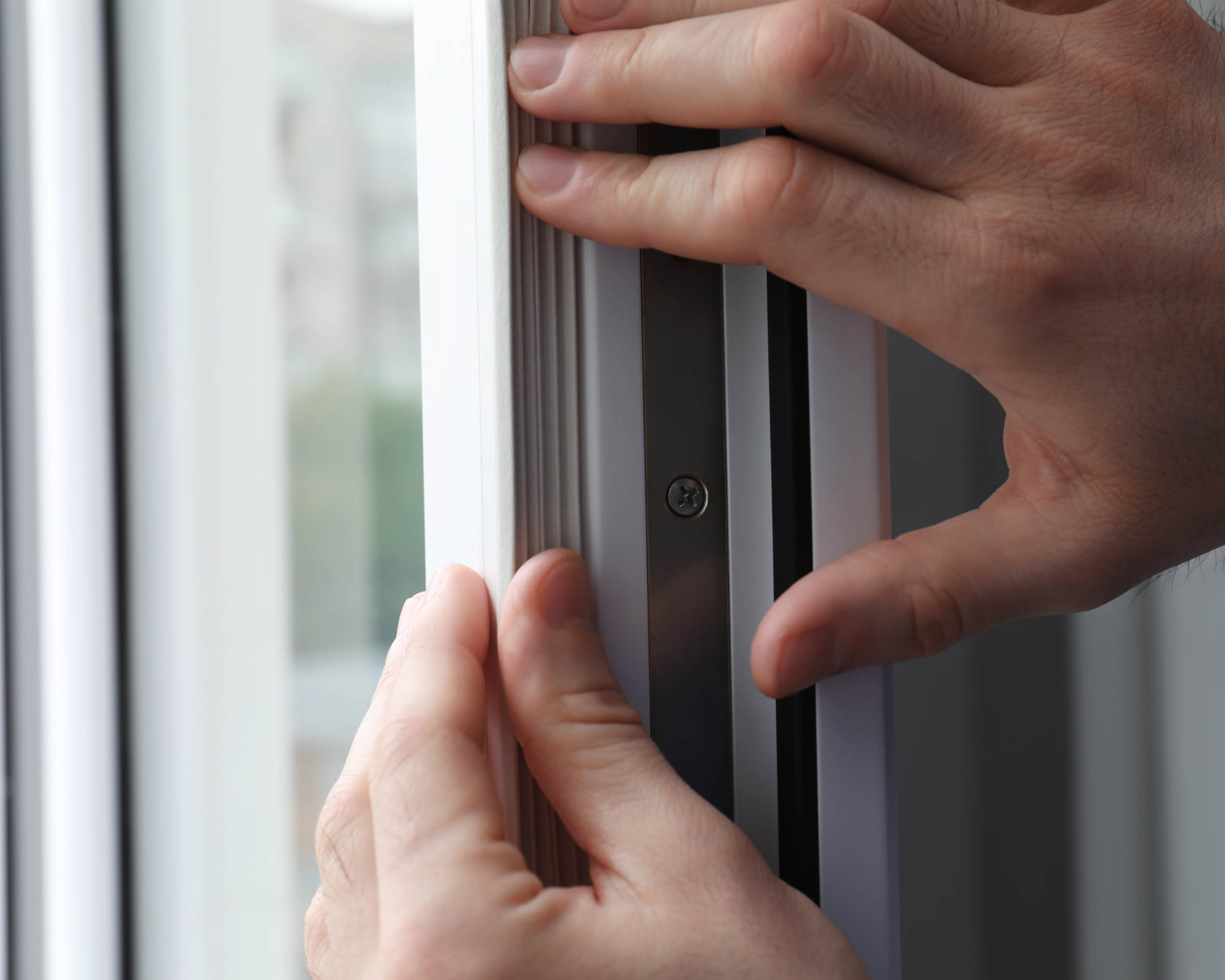
If you need to draught proof sliding doors, this foam tape is your best option to keep them functioning well.
Letterbox Draught Excluders
The letterbox is one area that can allow hot air to escape. If you plan on saving energy, it’s best to stop draughts here too. Letterbox brush seals are the best way to stop a draught coming in whilst maintaining the function of your letterbox.
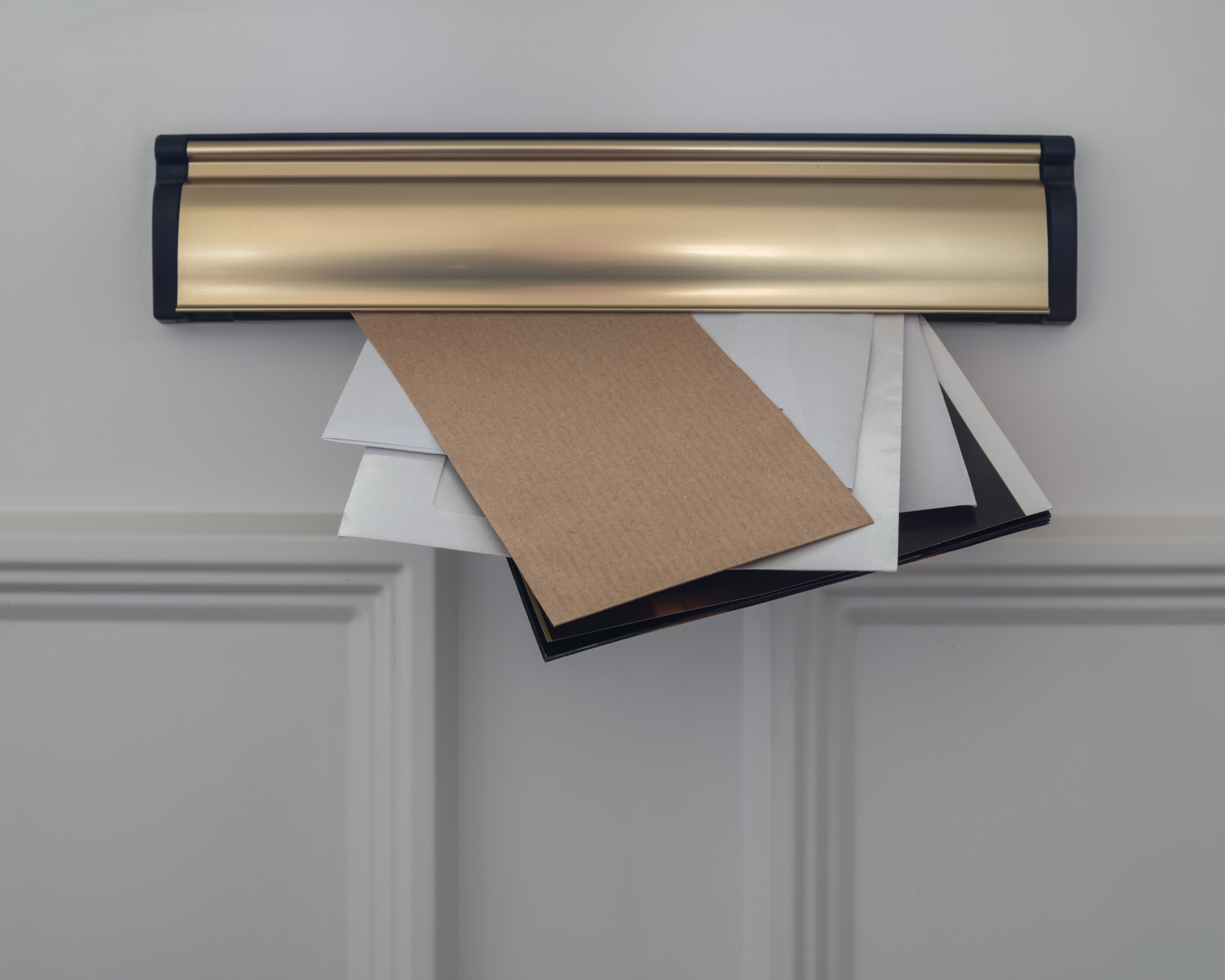
These usually come as a unit with pre-drilled holes for easy fitting. With a few minute’s work, you can keep the fresh air whistling through your letterbox.
Keyhole Covers
It might only be a tiny space, but an open keyhole can still cause a chill. Of course, you’ll need to keep your lock operational, so a keyhole cover is the most suitable choice.
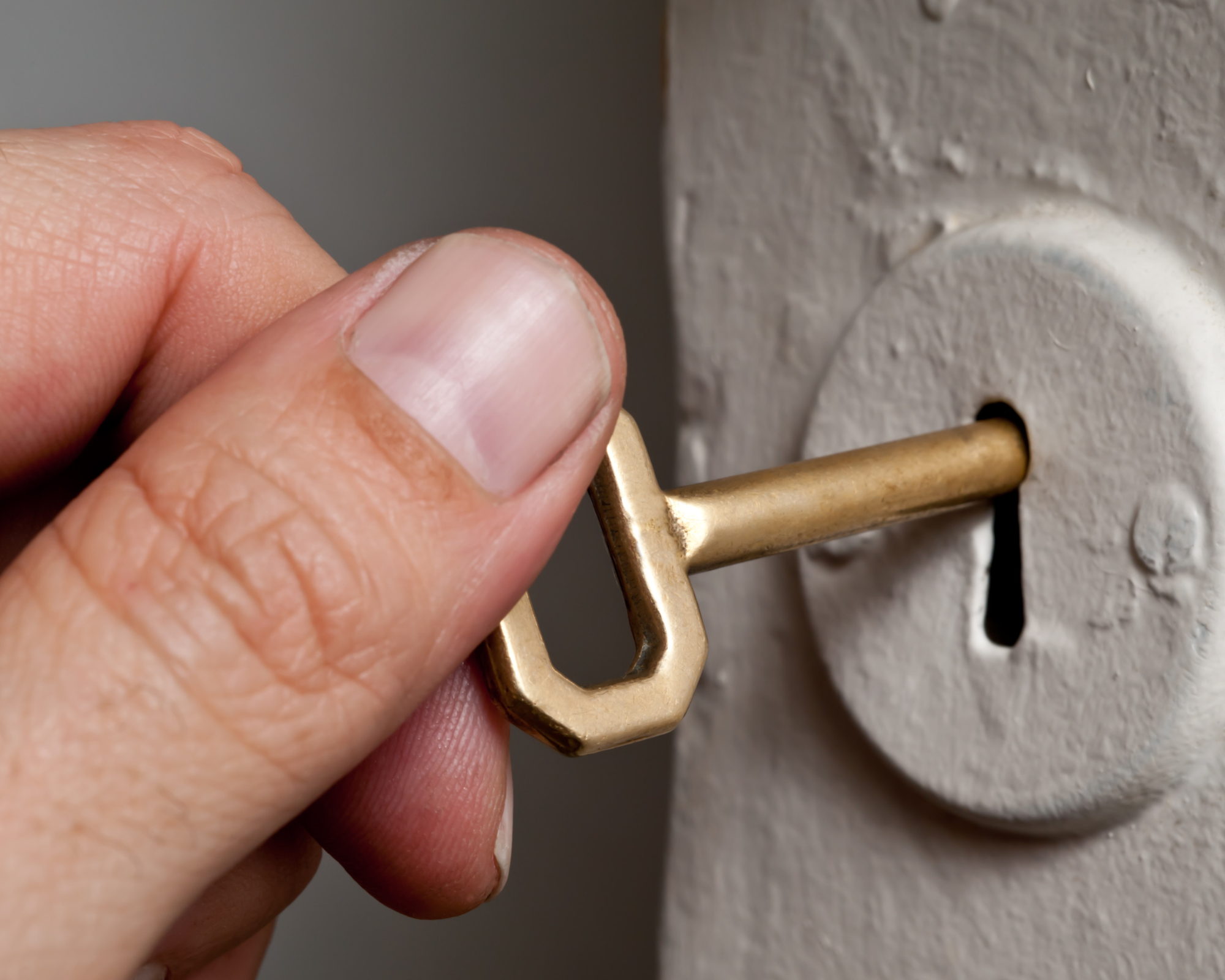
It’s a small disc of metal that swings away when you need to insert the key. You can install it quickly and easily, with a couple of screws.
Keep the Cold Air at Bay!
If you have extremely draughty external doors, there’s only so much putting a draught excluder around a door will do. If your timber doors have warped over time or double glazing has blown, you’ll need more than just a new door seal.
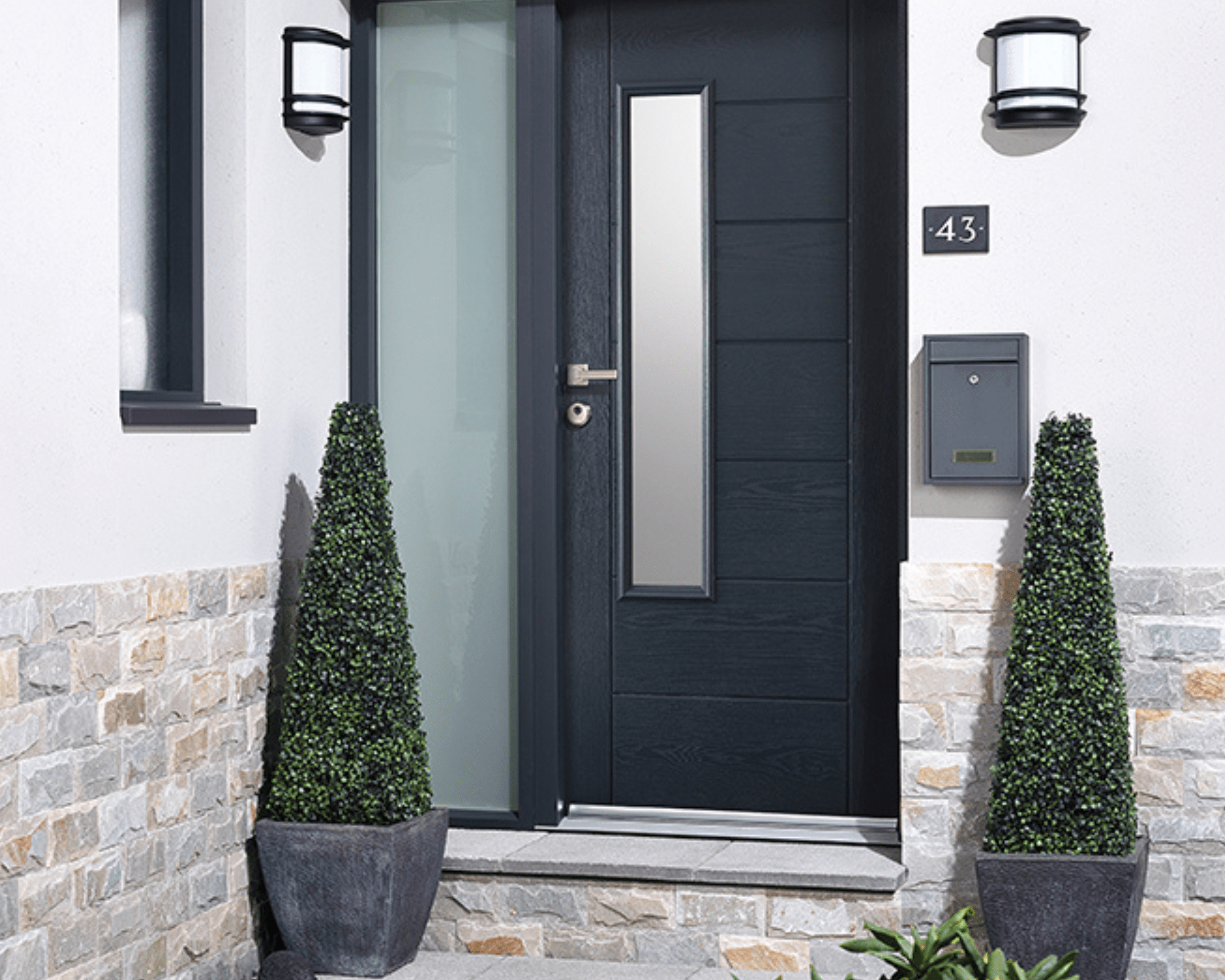
Modern doors are built to be extremely energy efficient, so you’ll feel a real difference if you replace your old ones. New doors could reduce your heating costs and pay for themselves over time. Why not shop online today?
Related Posts:









Shop bestsellers and see what's new in at expressdoorsdirect.co.uk/internal-french-doors



Make a note of these if you're planning on placing an order or contacting our team in the next few days.
Shop online at expressdoorsdirect.co.uk as usual and we'll pick everything up when we get back. Thanks!




















































